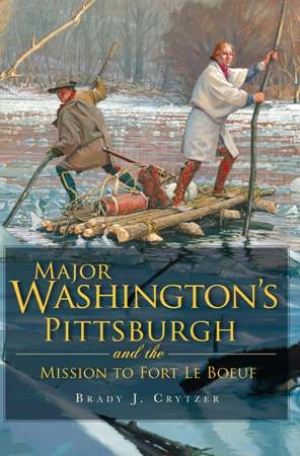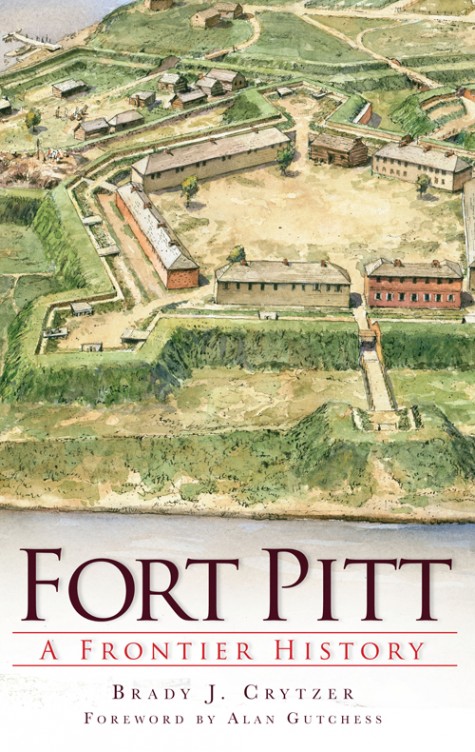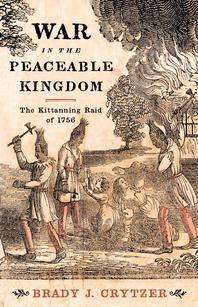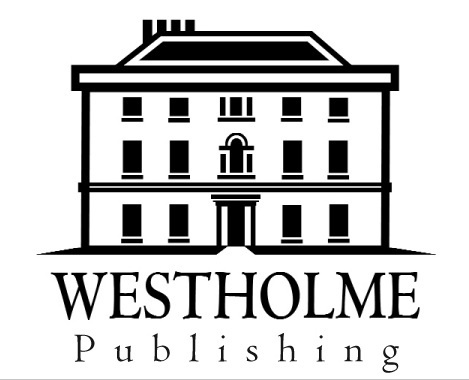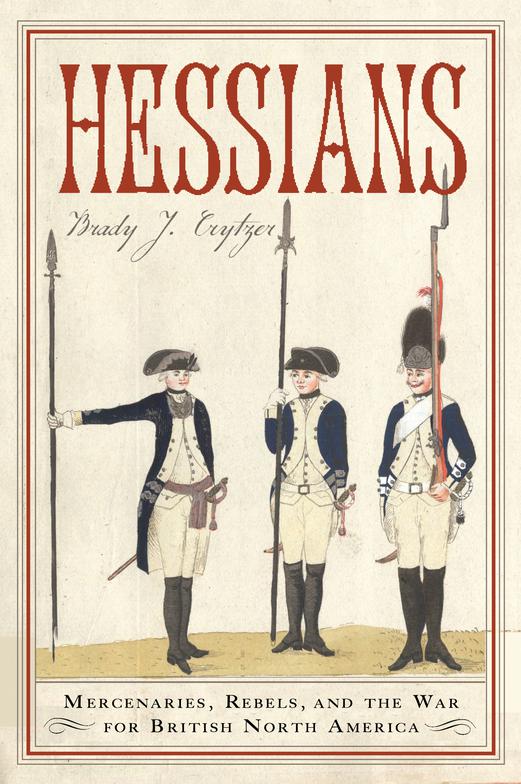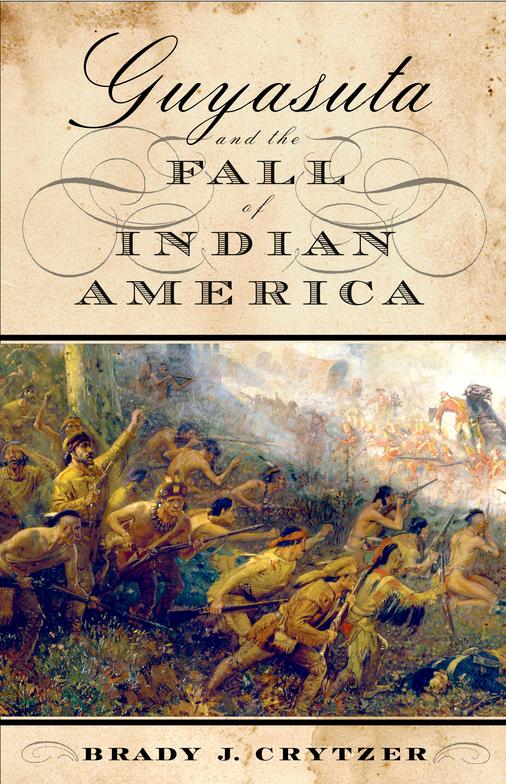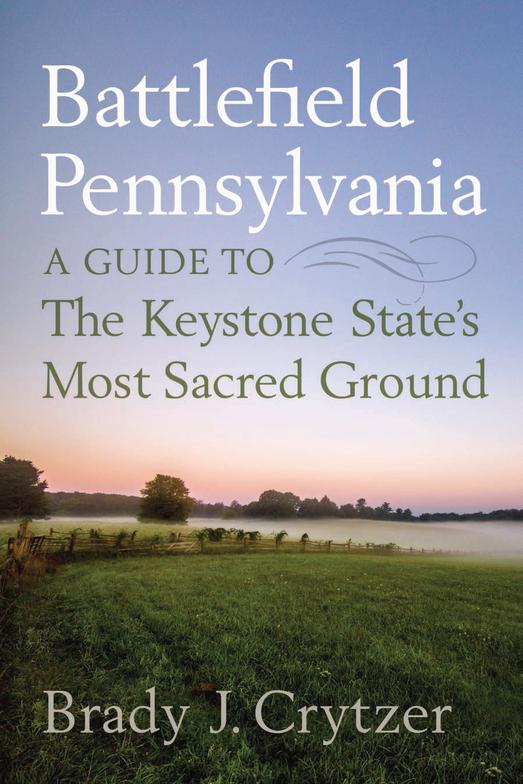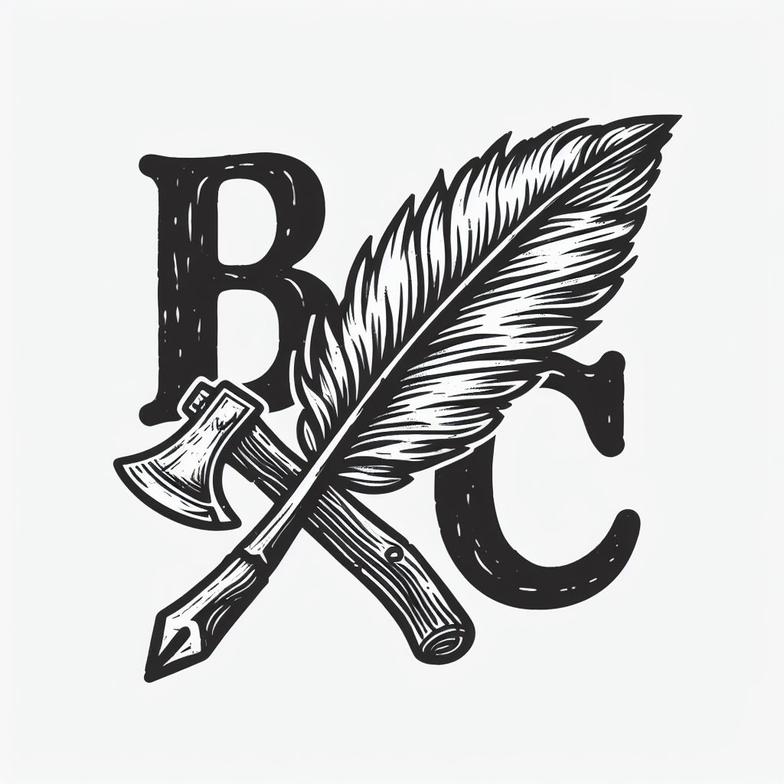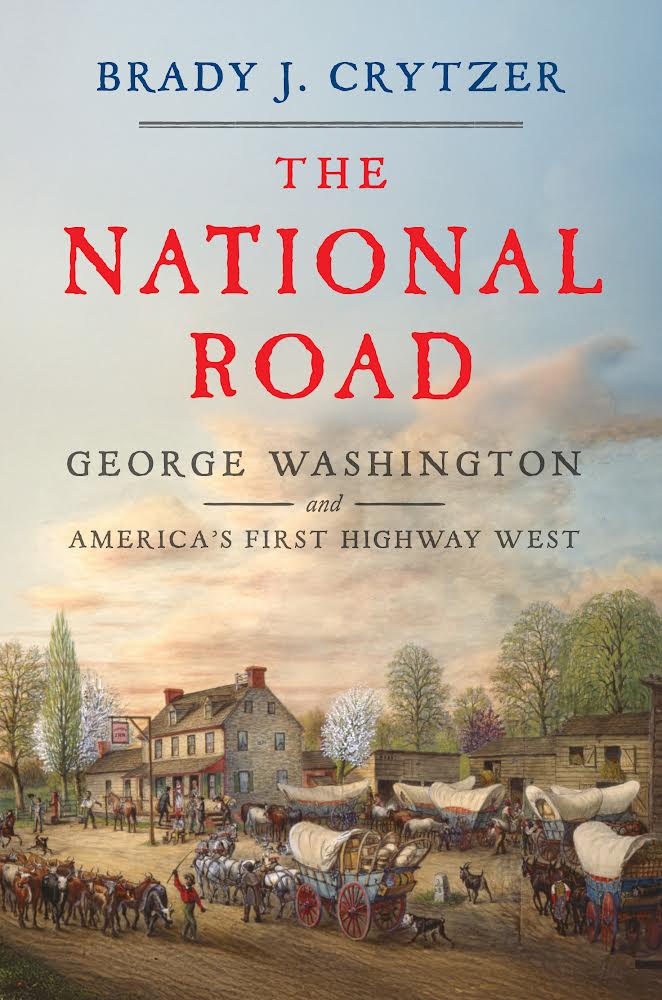BRADY J. CRYTZER
Author, Historian
During the winter of 1753, George Washington accepted the first, and potentially most dangerous, mission of his life--he was twenty-one. The resulting tale is one of international intrigue and heartbreaking disappointment that set the stage for the French and Indian War and forever changed Washington's destiny. The untried major faced a daunting task and was twice nearly killed, first by a treacherous guide and later as he tried to cross the icy Allegheny River. Using firsthand accounts, including the journals of George Washington himself, historian Brady Crytzer reconstructs the complex world of eighteenth-century Pittsburgh, the native peoples who inhabited it and the empires desperate to control it. Through trial and triumph, a man was defined, and a legend was born.
Fort Pitt: A Frontier History
Brady J. Crytzer's works are available at all major and independent book outlets, as well as Amazon.com and BN.com
For nearly half a century, Fort Pitt stood formidable at the forks of the great Ohio River. A keystone to British domination in the territory during the French and Indian War and Pontiac's Rebellion, it was the most technologically advanced fortification in the Western Hemisphere. Early Patriots later seized the fort, and it became a rallying point for the fledgling Revolution. Guarding the young settlement of Pittsburgh, Fort Pitt was the last point of civilization at the edge of the new American West. With vivid detail, historian Brady Crytzer traces the full history of Fort Pitt, from empire outpost to a bastion on the frontlines of a new republic.
"Nous Sommes Tous Sauvages"
(We are all Savages)
Major Washington's Pittsburgh
War in the Peaceable Kingdom:
The Kittanning Raid of 1756
In War in the Peaceable Kingdom: The Kittanning Raid of 1756, historian Brady J. Crytzer follows the two major threads that intertwined at Kittanning: the French and Indian War that began in the Pennsylvania frontier, and the bitter struggle between pacifist Quakers and those Quakers and others—most notably, Benjamin Franklin—who supported the need to take up arms. It was a transformational moment for the American colonies. Rather than having a large, pacifist Pennsylvania in the heart of British North America, the colony now joined the others in training soldiers for defense. Ironically, it would be Pennsylvania soldiers who, in the early days of the American Revolution, would be crucial to the survival of George Washington’s army.
The Whiskey Rebellion: A Distilled History of an American Crisis
In March 1791 Treasury Secretary Alexander Hamilton shocked the western frontier when he proposed a domestic excise tax on whiskey to balance America’s national debt. The law, known colloquially as the “Whiskey Act,” disproportionately penalized farmers in the backcountry, while offering favorable tax incentives designed to protect larger distillers. Although Hamilton viewed the law as a means of both collecting revenue andforcefully imposing federal authority over the notoriously defiant frontier, settlers in Western Pennsylvania bristled at its passage. They demanded that the law be revoked or rewritten to correct its perceived the injustices, and begged their representatives to lobby Congress on their behalf. What resulted was four years of rebellion that grew to become America's first great crisis.
Hessians: Mercenaries, Rebels, and the War for British North America
In Hessians: Mercenaries, Rebels, and the War for British North America historian Brady J. Crytzer explores the German experience during the American Revolution through the lives of three individuals from vastly different walks of life, all thrust into the maelstrom of North American combat. Here are the stories of a dedicated career soldier, Johann Ewald, captain of a Field-Jäger Corps, who fought from New York to the final battles along the Potomac; Frederika Charlotte Louise von Massow, Baroness von Riedesel, who raced with her young children through the Canadian wilderness to reunite with her long-distant husband; and middle-aged chaplain Philipp Waldeck, who struggled to make sense of it all while accompanying his unit through the exotic yet brutal conditions of the Caribbean and British Florida.
Guyasuta and the Fall of Indian America
Nearly a century before the United States declared the end of the Indian Wars, the fate of Native Americans was revealed in the battle of Fallen Timbers. In 1794, General Anthony Wayne led the first American army— the Legion of the United States—against a unified Indian force in the Ohio country. The Indians were routed and forced to vacate their lands. It was the last of a series of Indian attempts in the East to retain their sovereignty and foreshadowed what would occur across the rest of the continent. In Guyasuta and the Fall of Indian America, historian Brady J. Crytzer traces how American Indians were affected by the wars leading to American Independence through the life of one of the period’s most influential figures.
Battlefield Pennsylvania:
A Guide to the Keystone State's Most Sacred Ground
Pennsylvania is a battlefield. Fort Necessity. Brandywine. Gettysburg. The Homestead Strike. Flight 93. In many ways battlefields are like scars on the landscape. They remind us that history is real, and their effects stay with us forever. In Battlefield Pennsylvania: A Guide to the Keystone State’s Most Sacred Ground, award-winning historian Brady J. Crytzer takes the reader on a fascinating tour of over three hundred years of Pennsylvania history through twenty-nine of the state’s most significant battlegrounds, based on his popular Pennsylvania Cable Network television program.
The National Road: George Washington and America's First Highway West
Coming April 2026
Timed for America’s 250th anniversary, The National Road is the dramatic story of how a fragile new republic forged unity through ambition and action, fueled by George Washington’s youthful dream to build the United States’ first highway west and paving the way for the growth of a nation of unmatched liberty and possibility.
Spanning the 1750s, decades before the nation itself was born, through the 1830s, The National Road is the first narrative history of the ambitious federal project that connected the young United States across the Alleghenies and into the western frontier. Starting with a young George Washington’s dream of uniting the Potomac and Ohio Rivers, award-winning historian Brady J. Crytzer vividly recounts the political debates, personal rivalries, and engineering marvels that culminated in a vital artery that brought settlers, ideas, and commerce into the American interior.

